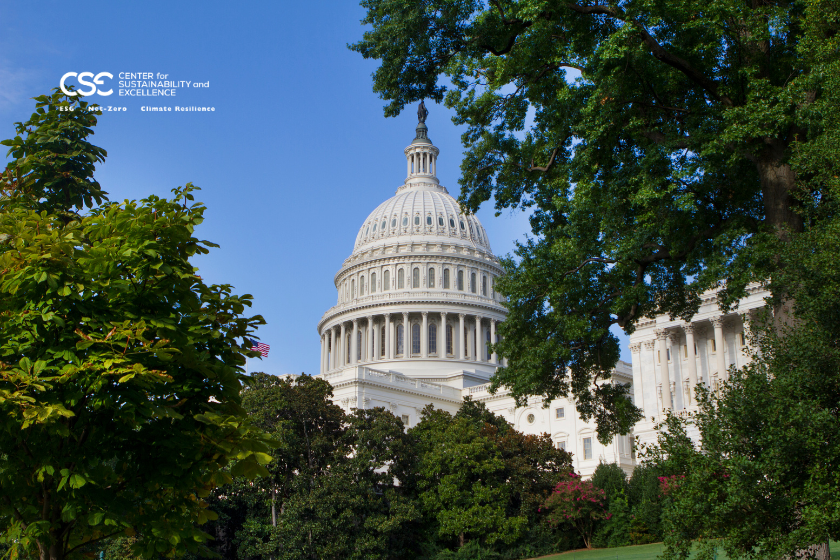The tension between federal and state sustainability agendas continues to shape the environmental landscape of the United States. As of 2025, a series of high-profile legal and regulatory developments underscores just how fractured U.S. climate governance has become. One notable example is the recent dismissal of Bucks County’s climate lawsuit against major oil companies—a decision that reveals deeper structural and political challenges in implementing cohesive sustainability policy nationwide.
The Bucks County Case: When Local Action Meets Federal Limits
In a case closely watched by environmental advocates, Bucks County, Pennsylvania sued several major fossil fuel companies, alleging they misled the public about the risks of climate change and sought damages for the environmental and financial toll of those impacts.
But a federal judge dismissed the case, ruling that claims tied to emissions fall under federal jurisdiction—namely the Clean Air Act—and therefore cannot be litigated using state consumer protection laws.
This dismissal is not unique. It’s part of a larger trend where local climate litigation efforts are curtailed by the overarching reach of federal law, even as local governments increasingly feel the economic burden of extreme weather, rising sea levels, and infrastructure decay.
The Federal Agenda: A Shift in Climate Strategy
Current federal policymakers are rolling back or revising several previous sustainability and ESG-related measures. This includes:
-
Withdrawal from global climate agreements and reduction of international climate diplomacy efforts.
-
Dissolution of climate-focused governmental offices, leading to reduced coordination and transparency.
-
Relaxation of emissions regulations for energy and industrial sectors.
-
Halting enforcement of climate disclosure rules, previously issued to guide corporate climate risk reporting.
These moves signal a retreat from aggressive federal climate action and place a larger burden on states and private actors to fill the gap.
States Pushing Ahead: Innovation and Leadership
Despite federal rollbacks, many states continue to act as trailblazers in climate and sustainability policy:
-
California maintains strict emissions and clean air standards, investing heavily in renewables and electric vehicles.
-
New York is progressing toward its ambitious Climate Leadership and Community Protection Act targets.
-
Washington and Oregon are enforcing cap-and-trade programs and building climate-resilient infrastructure.
These efforts reflect a growing divide: while the federal government sets the regulatory baseline, states are creating ambitious frameworks that often surpass national standards.
What This Means for ESG and Sustainability Professionals
The current divergence between state and federal policy has critical implications for professionals working in ESG, compliance, and sustainability:
-
Regulatory Complexity: Organizations must navigate a patchwork of state-specific mandates alongside relaxed federal expectations.
-
Increased Legal Risk: Although local lawsuits face challenges, the legal landscape is fluid, and businesses must prepare for evolving liabilities.
-
Stakeholder Pressure: Investors, consumers, and community stakeholders continue to demand strong climate action regardless of policy shifts.
-
Strategic Planning: ESG teams must design strategies that are agile, geographically aware, and aligned with the most progressive regulations in their operating areas.
Future-Readiness Starts with Training
In a fragmented policy environment, sustainability leaders need more than technical knowledge—they need strategic insight and policy literacy. Programs like the Certified Sustainability Practitioner Program (Leadership Edition) – 2025 offer advanced training in sustainability strategy, stakeholder engagement, and ESG risk management to prepare professionals for the complexity of today’s climate governance landscape.
Conclusion: The Need for Policy Cohesion
As climate risks intensify, so too does the urgency for coordinated policy solutions. Whether it’s through innovation at the state level or a reevaluation of federal approaches, long-term sustainability requires a unified vision. Until then, ESG professionals must remain proactive—adapting to legal precedents like the Bucks County case and using training, data, and partnerships to drive impact from the ground up.







